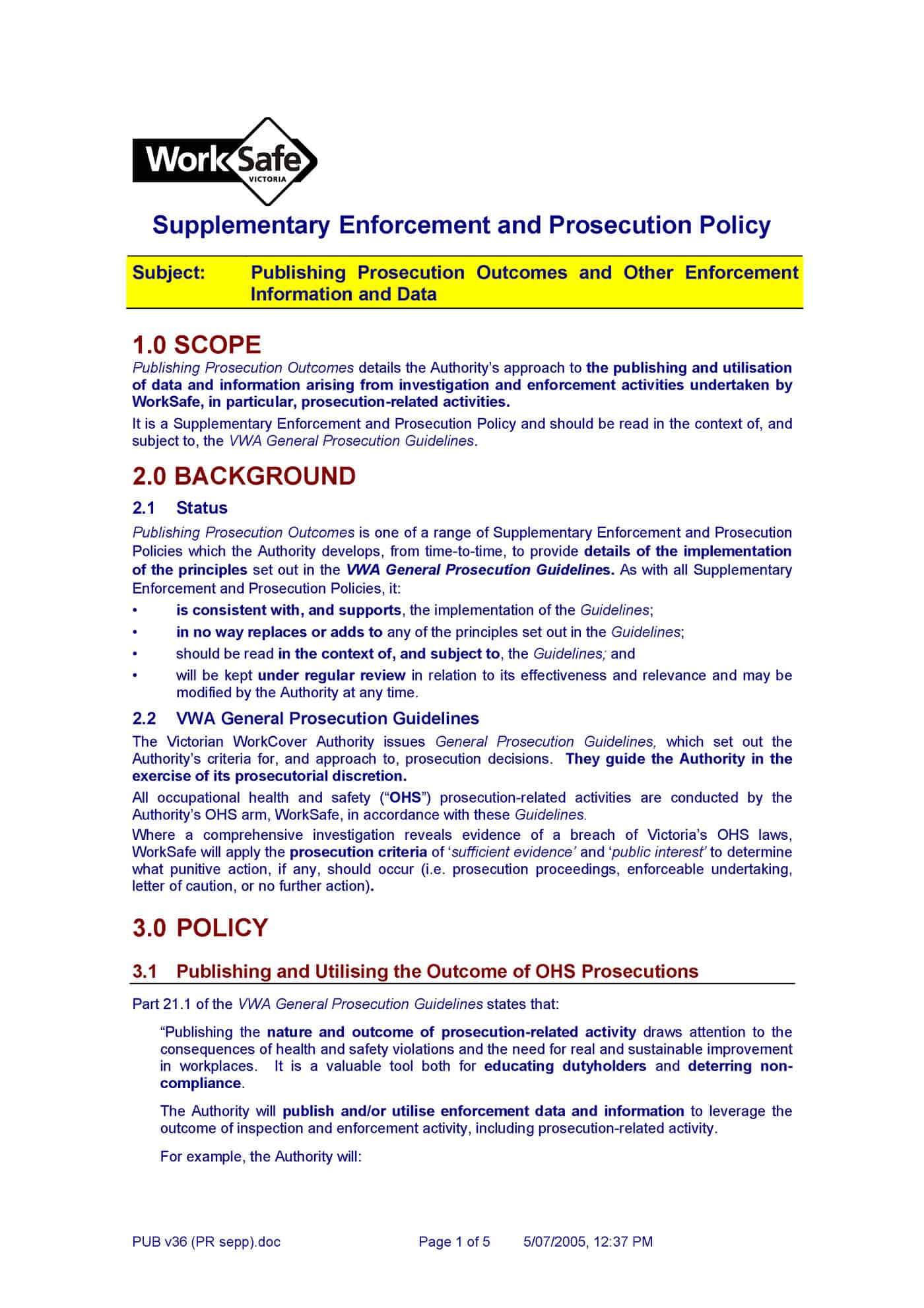Australia’s Prime Minister Tony Abbott provided his interim response to the Royal Commission into the Home Insulation Program (HIP) in Parliament on 30 September, 2014. One should not expect much sustainable or cultural change from an interim response but Abbott’s responses hold some promise.
The commitments include:
“…[asking] Minister Hunt [Environment] to assume responsibility to oversee the Commonwealth response and to coordinate actions across departments and ministers.”
“…[asking] the Minister for Employment to examine these [OHS] findings, particularly as they relate to the reliance of the Commonwealth on state and territory laws, and his work will inform the government’s final response.”
“Minister Hunt and the Minister for Finance have been asked to recommend options to compensate their next of kin [of the deceased workers]”


 SafetyAtWorkBlog has
SafetyAtWorkBlog has  The purpose of OHS Moot Courts is to provide a taste of the Court experience in the context of a prosecution for occupational health and safety (OHS).
The purpose of OHS Moot Courts is to provide a taste of the Court experience in the context of a prosecution for occupational health and safety (OHS).  The attention given by OHS/WHS professionals and senior executives to due diligence is already changing how workplace safety is managed in a positive way but recently the
The attention given by OHS/WHS professionals and senior executives to due diligence is already changing how workplace safety is managed in a positive way but recently the 